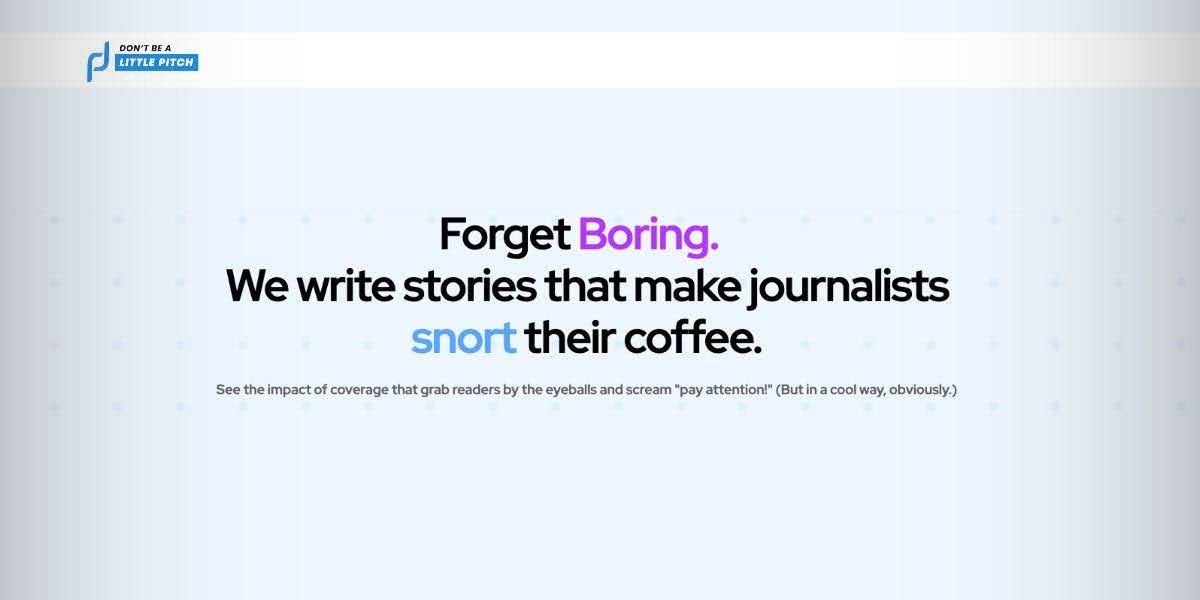By: Kate Sarmiento
You can have the sharpest product, the cleanest financials, and a team that grinds day and night, but if you’re hiding behind your logo, you’re already losing.
Audiences don’t buy from faceless corporations anymore. They buy from people they trust. If you are not showing up as the face of your company, someone else is stealing that spotlight.
That shift is exactly what defines the rise of the founder-influencer.
Your head of marketing can build campaigns, but you are the campaign. The companies winning today are not just selling products; they are selling the people behind them. These are “founder brands,” businesses where the leader doesn’t simply manage the company; they embody it. When a founder steps into the role of CMO, the strategy changes from pushing a brand message to telling a personal story.
Think about it. Elon Musk is Tesla. Sara Blakely is Spanx. Richard Branson is Virgin. People buy into them before they buy into the product. That’s not an accident, it’s the strategy.
Why the Founder’s Voice Builds Trust
Trust is the currency every brand is chasing, and the fastest way to earn it is not through ads or taglines, it is through the voice of the person leading the company. People don’t put their faith in logos, they put their faith in people. They want voices, faces, and stories that feel real.
That trust doesn’t come from polished statements written in a boardroom. It comes from leaders who step forward, share their perspective, and own the narrative. When a founder speaks directly, it carries weight because it brings context, personality, and credibility that no corporate script can deliver.
It humanizes the brand. Hearing directly from a leader, whether it is through an article, an interview, or even a quick social post, feels more transparent. And when a founder is willing to share the tough moments alongside the wins, it shows integrity. That kind of honesty builds lasting trust with customers and investors alike.
It builds credibility. People want to feel like they are part of something bigger than just a purchase. When a founder shows up consistently and keeps sharing their vision, it creates a community of supporters who rally behind the mission, not just the merchandise.
It drives loyalty. People want to feel like they are part of something bigger than just a purchase. When a founder shows up consistently and keeps sharing their vision, it creates a community of supporters who rally behind the mission, not just the merchandise.
It cuts through the noise. The digital landscape is crowded with polished ads and branded messages. A founder’s authentic voice stands out because it feels different, raw, unfiltered, and human. In a world of corporate jargon, real stories win attention.
It influences investors and talent. A strong founder voice does more than connect with customers. It gives investors confidence that the leader has conviction, and it attracts the kind of talent that wants to work with someone inspiring and trustworthy.
A founder who actually leans into their own voice makes the whole company feel more approachable and real. And in today’s crowded market, being relatable isn’t just a nice extra, it is what fuels real growth.
From Executive to Storyteller: Stop Hiding Behind the Logo
This is where many CEOs get stuck. They are comfortable in boardrooms, not recording short form videos. They know how to track KPIs, but TikTok trends? Not so much. The leaders who stand out are the ones willing to adapt, embracing content creation, thought leadership, and personal storytelling. Being the storyteller is no longer optional… it is what makes a company relatable, memorable, and trusted.
The challenge is simple: stop hiding behind your logo. People are not looking for polished statements, they want the real story. Your team, your investors, and your customers want to know who is steering the ship and why they should trust you with their time, money, and attention. Owning the role of storyteller means stepping into the spotlight and showing up where your audience already is.
So how do you actually make that shift from executive to storyteller?
Start with your origin story. Share why you started the company in the first place. The struggles, sparks, and scrappy beginnings are often the most compelling parts of your brand.
Show up consistently. Whether it is LinkedIn posts, podcast interviews, or guest articles, consistency builds recognition and authority. If you only show up occasionally, you will never stay top of mind.
Mix in vulnerability. People trust leaders who show the messy middle, not just the highlight reel. Sharing challenges or failures makes your wins feel earned and relatable.
Educate, don’t just promote. Position yourself as a thought leader by offering insights and lessons others can learn from. Customers and investors gravitate toward leaders who add value, not noise.
Leverage multiple platforms. Your story should not live in one place. Social media, podcasts, panels, and press are all opportunities to reinforce your narrative and reach different audiences.
At Don’t Be A Little Pitch (DBALP), we built our entire approach on this belief. We do not just pitch brands, we pitch the people behind them. By turning founders into thought leaders, media darlings, and storytellers-in-chief, we help companies grow faster and stand taller. Because when the founder shines, the brand follows.

When Bryce North, Founder and CEO of DBALP, started this agency, it was with one core belief: the founder is the most underused growth asset in business. With his own track record of scaling startups across 40 countries and building his personal brand in the media, Bryce knows what happens when leaders step forward. If you do not tell your story, someone else will. The logo might represent your brand, but only you can bring it to life.
Own the Spotlight, Don’t Borrow It
If you’re a CEO reading this, consider it your wake-up call. The future belongs to founder brands. Not the ones that blend in, but the ones brave enough to put their face where their logo used to be.
So here’s the question: are you going to keep hiding behind the logo, or are you ready to become the CMO of your own story?
If you are ready to step forward, start with the team that knows how to turn founders into storytellers. Visit dontbealittlepitch.com and let’s build your spotlight together.

















